Physical Therapy is not a one-size-fits-all solution. There are many different types, each geared towards specific needs and conditions. Whether you’re getting recover from surgery, managing chronic pain, or looking to increase your overall mobility, there’s a form of physical Therapy that can help you achieve your goals. In this blog post, we’ll explore some of the most common types of physical Therapy and delve into their unique benefits.
What is a physical Therapy?
Physical Therapy is a speceific healthcare domain that optimizes movement and physical function. It encompasses diagnosing and treating various conditions, from injuries and chronic pain to movement dysfunction. Physical therapists act as your movement experts, utilizing planned exercises, manual therapy techniques, and education to restore mobility, range of motion, and overall physical capabilities. Their goal is to decrease pain, prevent future injuries, and empower you to manage your health and improve your quality of life. Physical Therapy can be delivered in various settings, from outpatient clinics to hospitals and workplaces, making it a convenient and accessible option for many.
Different types of physical Therapy
The ocean of physical Therapy is extensive and specialized! Depending on your needs, you can select physical Therapy that caters to various areas of your health. From sports injuries tackled by physical therapists to neurological conditions addressed by neurological physical therapists, there’s a tailored path to improve your mobility and function. Even specific populations like children or geriatric patients have specialized physical therapists to ensure the best care.
1. Cardiopulmonary Physical Therapy
Cardiopulmonary physical Therapy offers a targeted approach to boosting heart and lung health. Carefully designed exercise programs strengthen your heart and blood system, allowing your heart to pump more efficiently and improving blood circulation. This can minimize the risk of heart issues and improve your tolerance for physical activity. Additionally, cardiopulmonary physical Therapy helps manage respiratory conditions by strengthening your breathing muscles and teaching techniques to improve lung function, ultimately leading to easier breathing and a better quality of life.
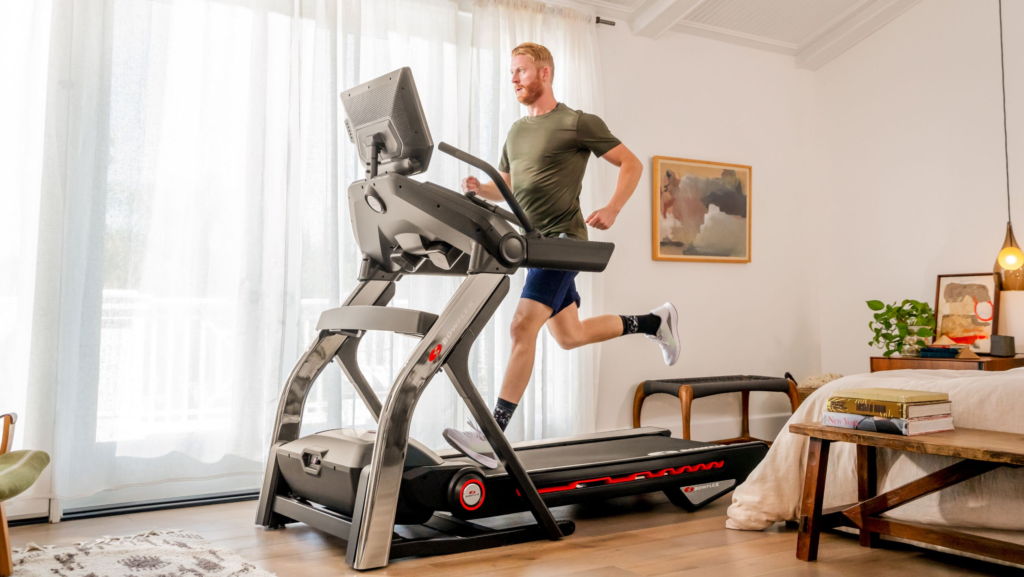
2. Neurological physical Therapy
Neurological physical Therapy is a game-changer for individuals with neurological conditions impacting movement and function. By addressing the specific challenges caused by stroke, spinal cord injury, or other neurological disorders, neurological physical Therapy helps patients regain lost abilities. Through targeted exercises, manual Therapy, and gait training, neurological physical Therapy promotes improved balance, coordination, and strength. This enhances mobility and independence and allows individuals to participate more fully in routine activities and experience a special improvement in their overall quality of life.
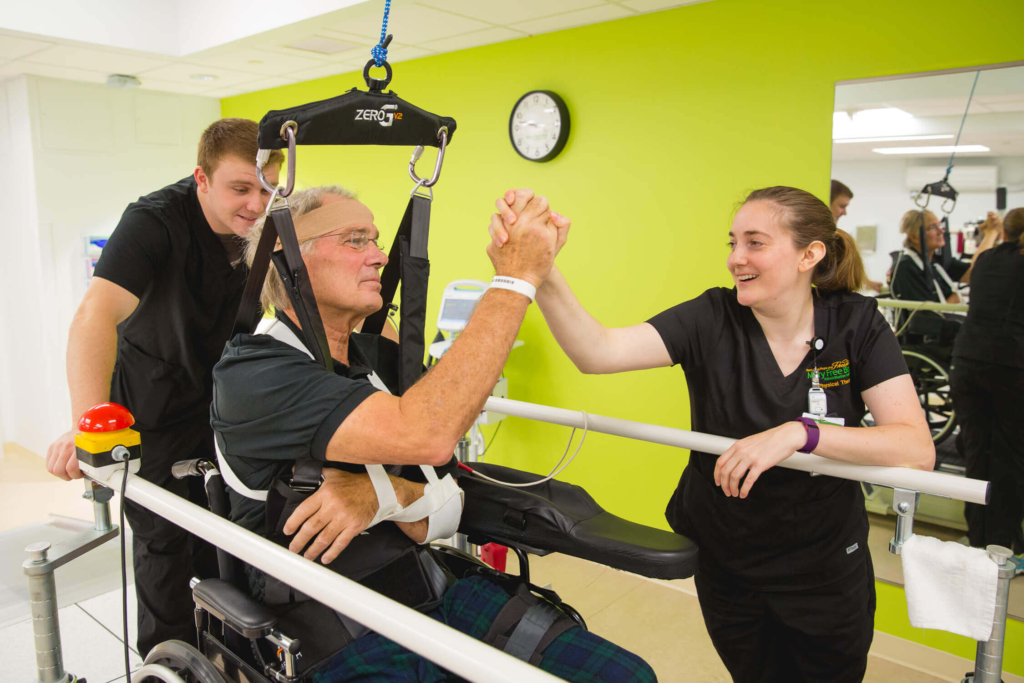
3. Orthopedic Physical Therapy
Orthopedic Physical Therapy is a powerful tool for getting you back on your feet. Whether overcoming from a sports injury, surgery, or harsh pain like arthritis, orthopedic physical Therapy can significantly improve your quality of life. Through selected exercises, manual therapy techniques, and education, orthopedic physical therapists help strengthen muscles, improve flexibility, and reduce pain. This allows you to regain mobility and function, helps prevent future injuries, and empowers you to manage your musculoskeletal health effectively.

4. Geriatric physical therapy exercises
As we age, maintaining mobility and independence becomes increasingly essential. Geriatric physical therapy exercises offer a safe and effective way to achieve that. These exercises, designed specifically for older adults, focus on improving strength, balance, and flexibility. Incorporating geriatric physical therapy exercises into your routine can boost your ability to perform daily activities with ease, reduce the chance of falls, and improve overall well-being. This allows you to live a more active and independent life for longer.
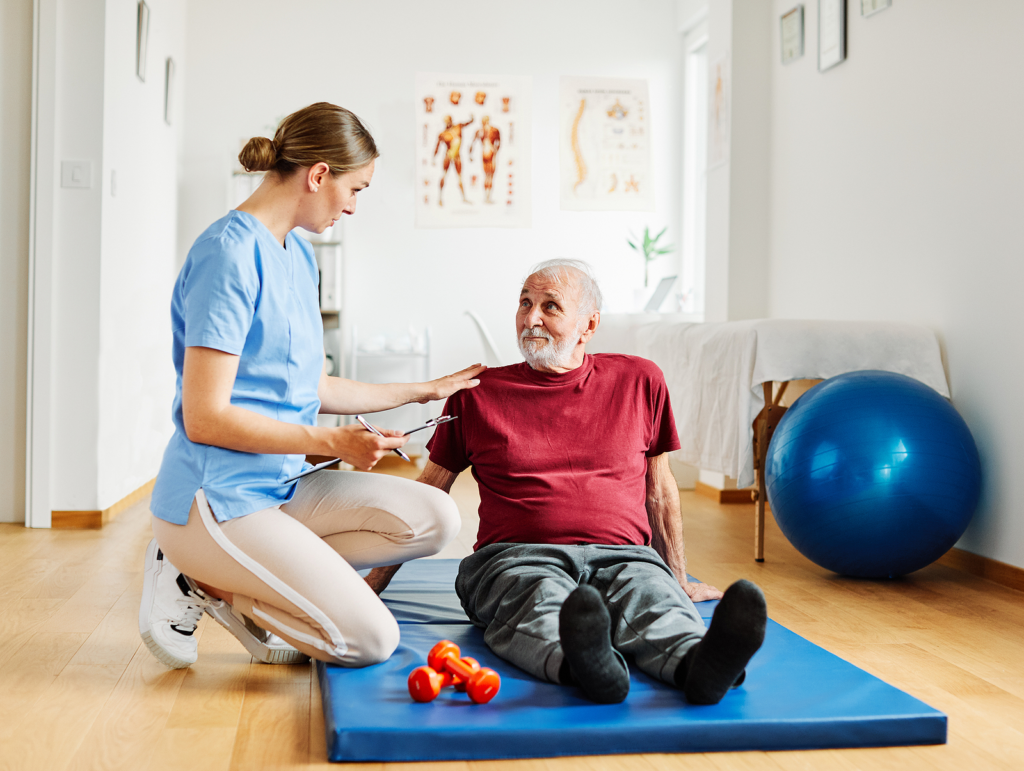
5. Pediatric Physical Therapy
Pediatric physical Therapy plays a unmatched role in a child’s development. It helps address various concerns, from developmental delays and coordination issues to injuries and chronic conditions. Through playful exercises, targeted activities, and specialized techniques, pediatric physical Therapy helps children improve their gross and fine motor skills, balance, and strength. This enhances their physical capabilities and fosters self-confidence and participation in everyday activities and play. Pediatric physical Therapy empowers children to reach their full potential and thrive throughout their growth journey.
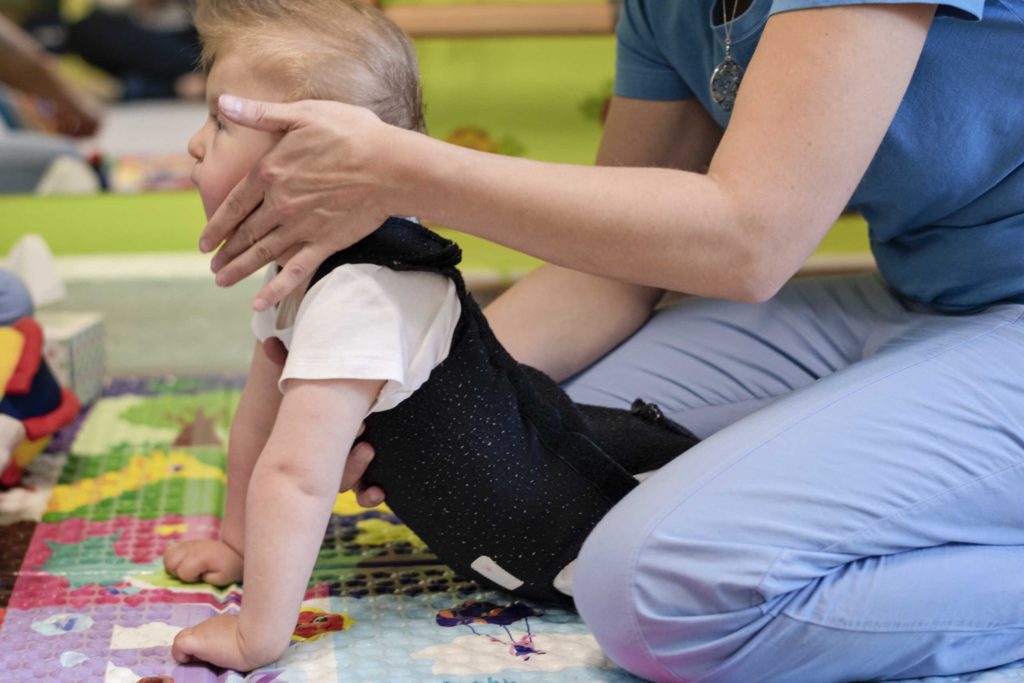
6. Manual Therapy
Manual Therapy isn’t just about relaxation massages, although it can be a welcome side effect! It’s a hands-on approach to physical Therapy that utilizes techniques like massage, joint mobilization, and soft tissue manipulation. By directly addressing muscle tension, joint restrictions, and pain points, manual Therapy can improve your range of motion, flexibility, and circulation. This alleviates pain and stiffness, promotes faster healing, and improves overall physical function.
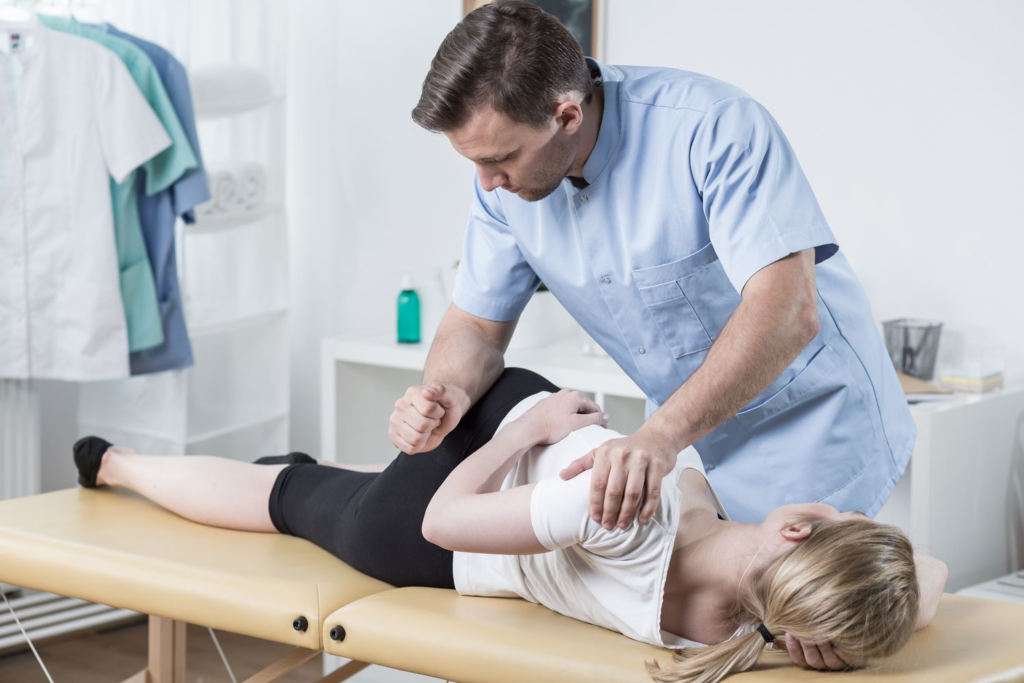
7. Cold Therapy
Cold Therapy isn’t just for athletes icing their sore muscles. It’s a versatile technique that offers a range of health benefits. Applying cold packs or taking cold baths (cold Therapy) can significantly reduce inflammation and pain, especially after injuries or strenuous exercise. This can shorten your recovery time and get you back to your daily activities faster. Cold Therapy also helps numb the area, offering temporary pain relief and inducing a sense of calmness.

8. Hydrotherapy
Hydrotherapy, using water for therapeutic purposes, offers a unique approach to physical Therapy with impressive results. Hydrotherapy can improve flexibility, range of motion, and muscle strength by incorporating water exercises, massages, and treatments with varying temperatures. The buoyancy of water also reduces stress on joints, making it ideal for pain management and rehabilitation. This combination can lead to faster recovery times, improved flow, and a reduction in pain and stiffness, ultimately enhancing the overall results of your physical therapy program.



